An interesting drive from Kuldhara to Khaba Fort, Dedha, Jaisalmer, Rajasthan || The Journey was definitely worth the visit to this beautiful little fort
After visiting the abandoned village of Kuldhara, another stop on the way to Sam Sand Dunes was the Khaba Fort. It is located about 21 kilometers from Kuldhara and it took us close to 1.5 years to reach. This wasn't because of the condition of the road. It was because of all the many stops we made on the way.
This fort is located on a hill near Dedha, in a village known as Khaba. The road from Kuldhara to Khaba is narrow, but smooth. Moreover you see some very interesting sights while driving through this sparsely populated, desert-like area. For example, these windmills that add drama to an otherwise flat landscape.
You also cross several villages where people are still living in traditional mud huts and spend most of their lives farming in the hot sun. You also spot birds. Indian Roller was a common one, for example and some smaller birds as well.
There were oases visible in the distance and we also came across a rare bike after every few minutes. But we did not see any cars. It was difficult for us to believe that there could be such a vast area devoid of human presence, and still have good motorable roads.
In a few minutes, we could see the Khaba fort on a hill and started making our way toward it. Google Map's suggestion took us right up to the fort. It was a drivable road and we did not need to climb any stairs to reach there. And we were the only one's there, except for one baba who was sitting near the entrance of the gate begging for money.
Several accounts on the Internet mention that you get a good view of the Kuldhara Abandoned Village from this fort. However, that is not true. Kuldhara Abandoned village is 21 kilometers away from Khaba fort. You may be able to see some abandoned village, but that is not Kuldhara.
Anyway, after clicking some pictures near the fort, we headed on toward Sam Sand Dunes. We did not know what we would be doing in the evening and had decided our next steps based on our experience of the area. Nevertheless, we were looking forward to finding out.










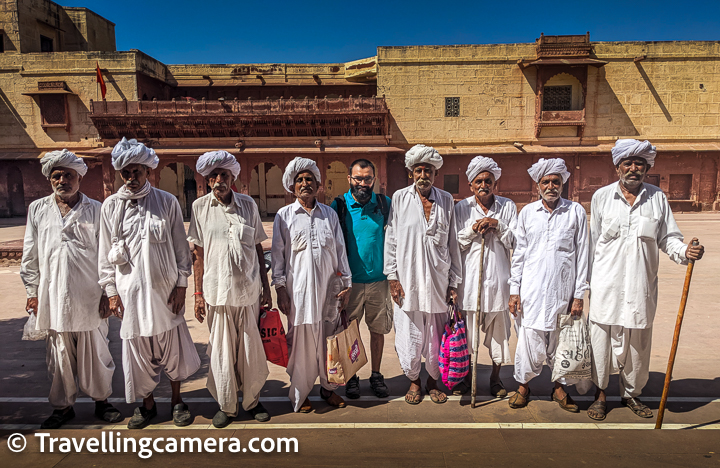







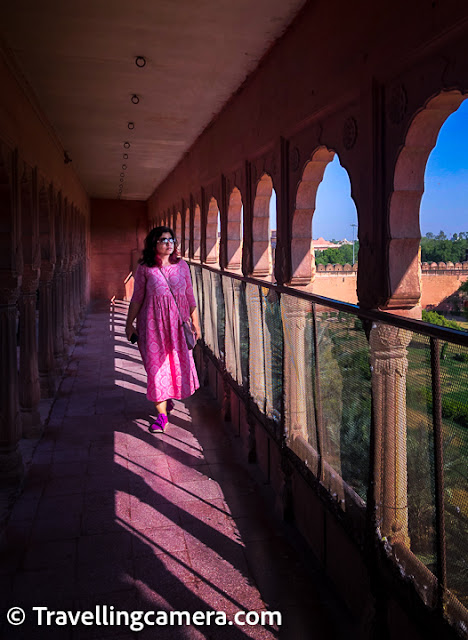

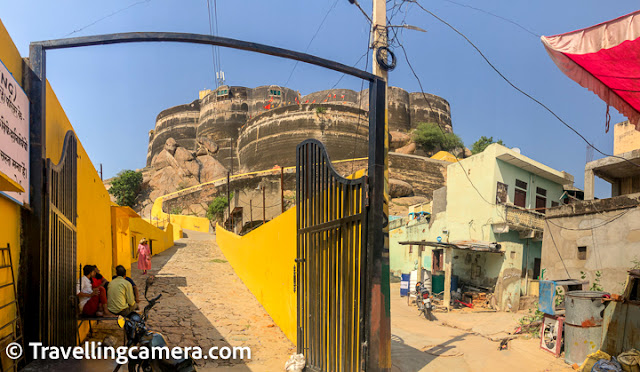

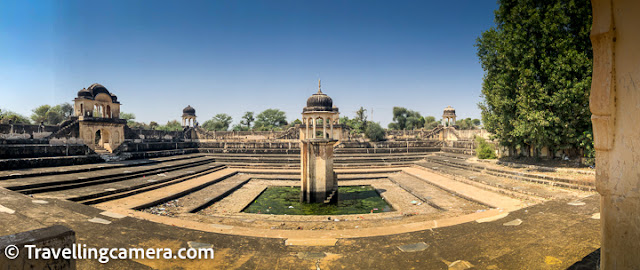


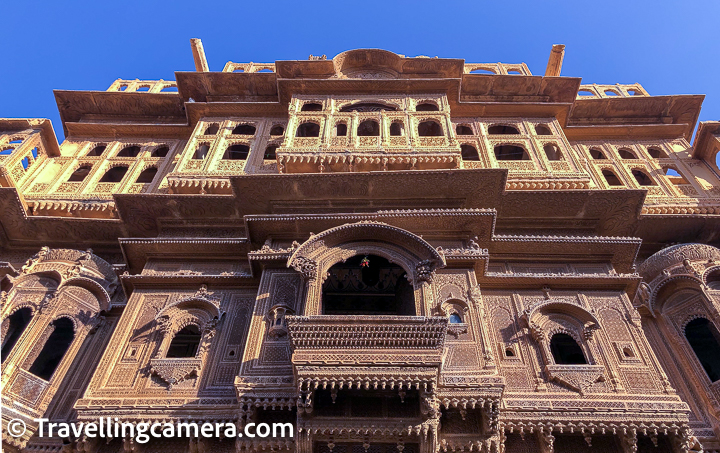






.jpg)
Comments